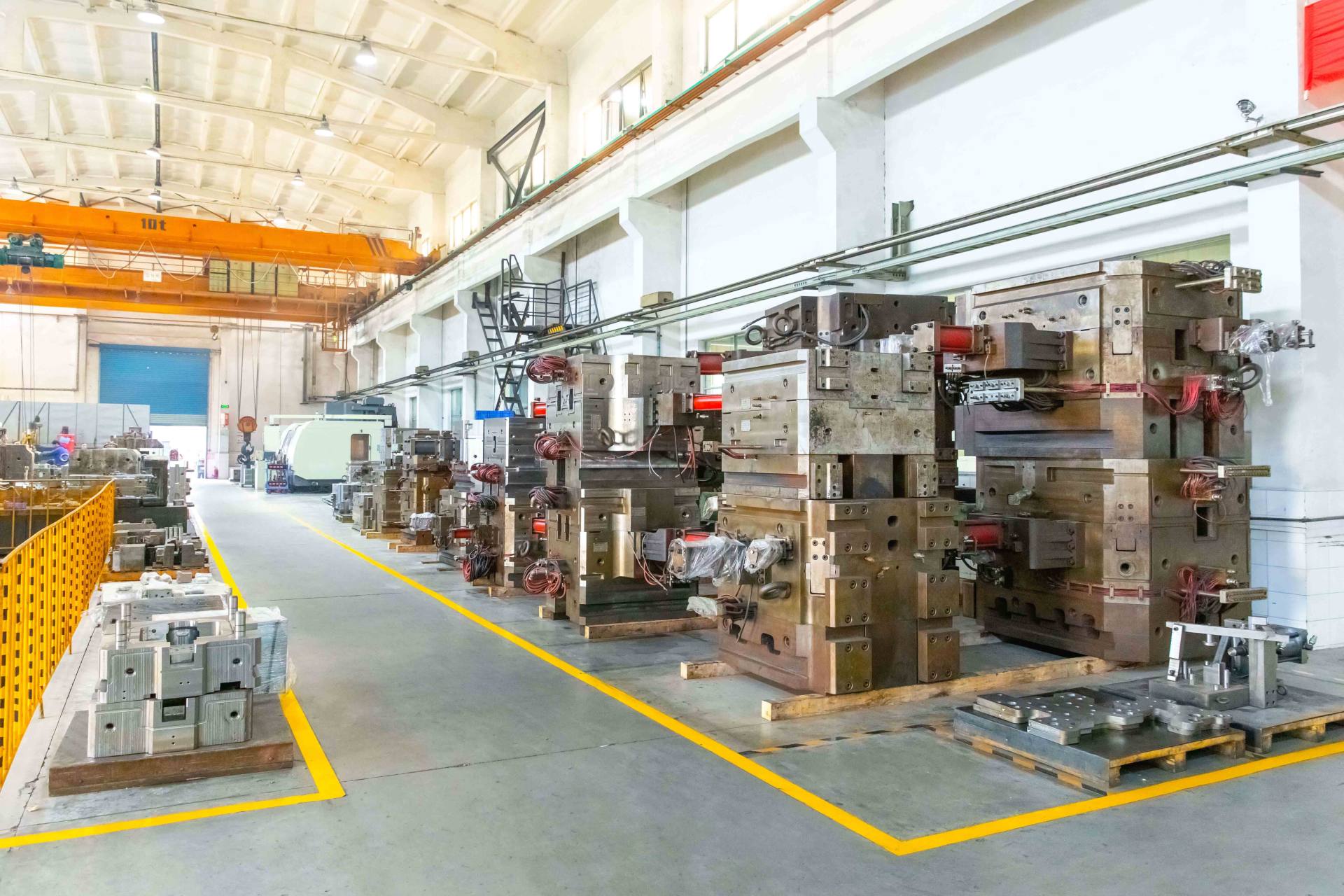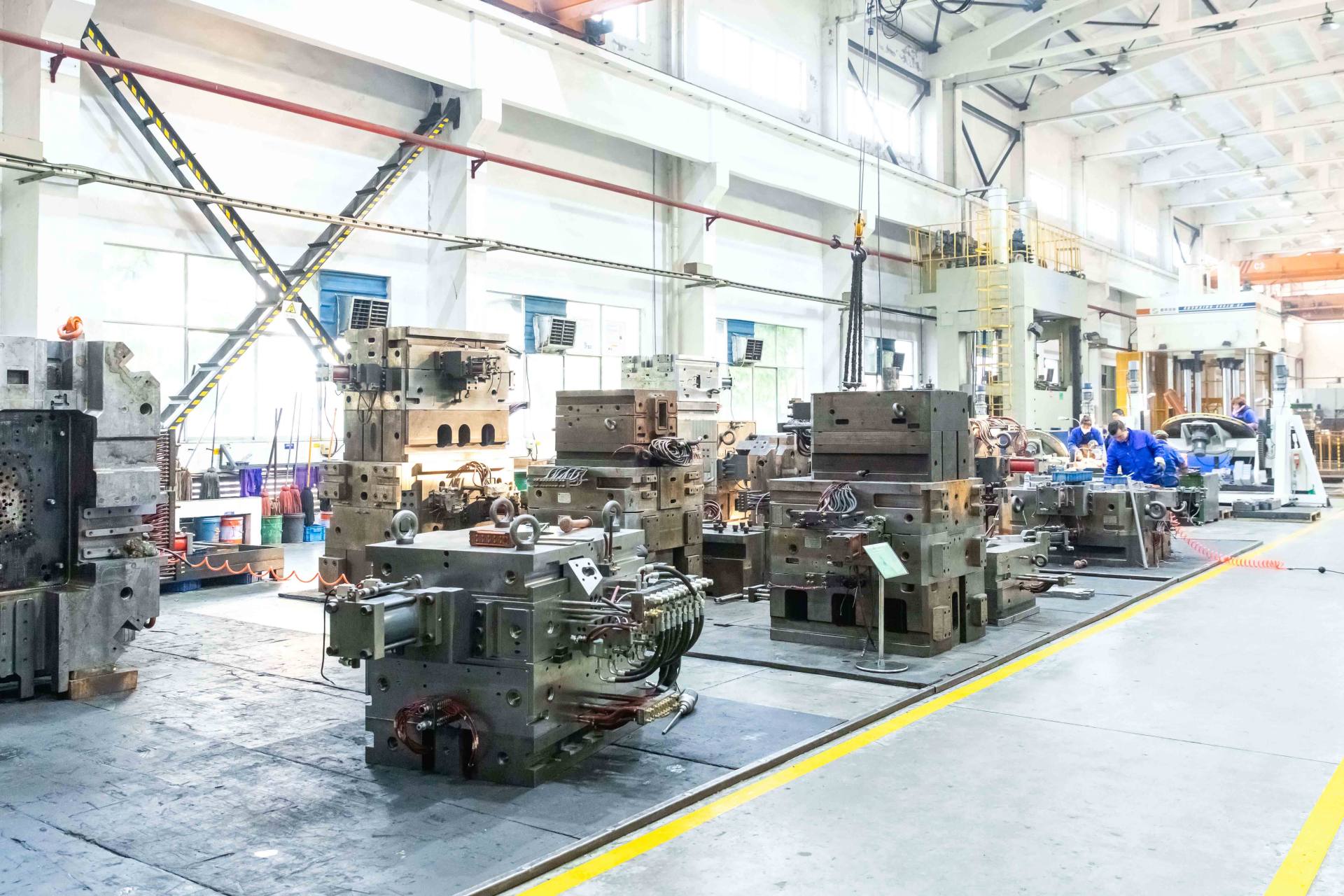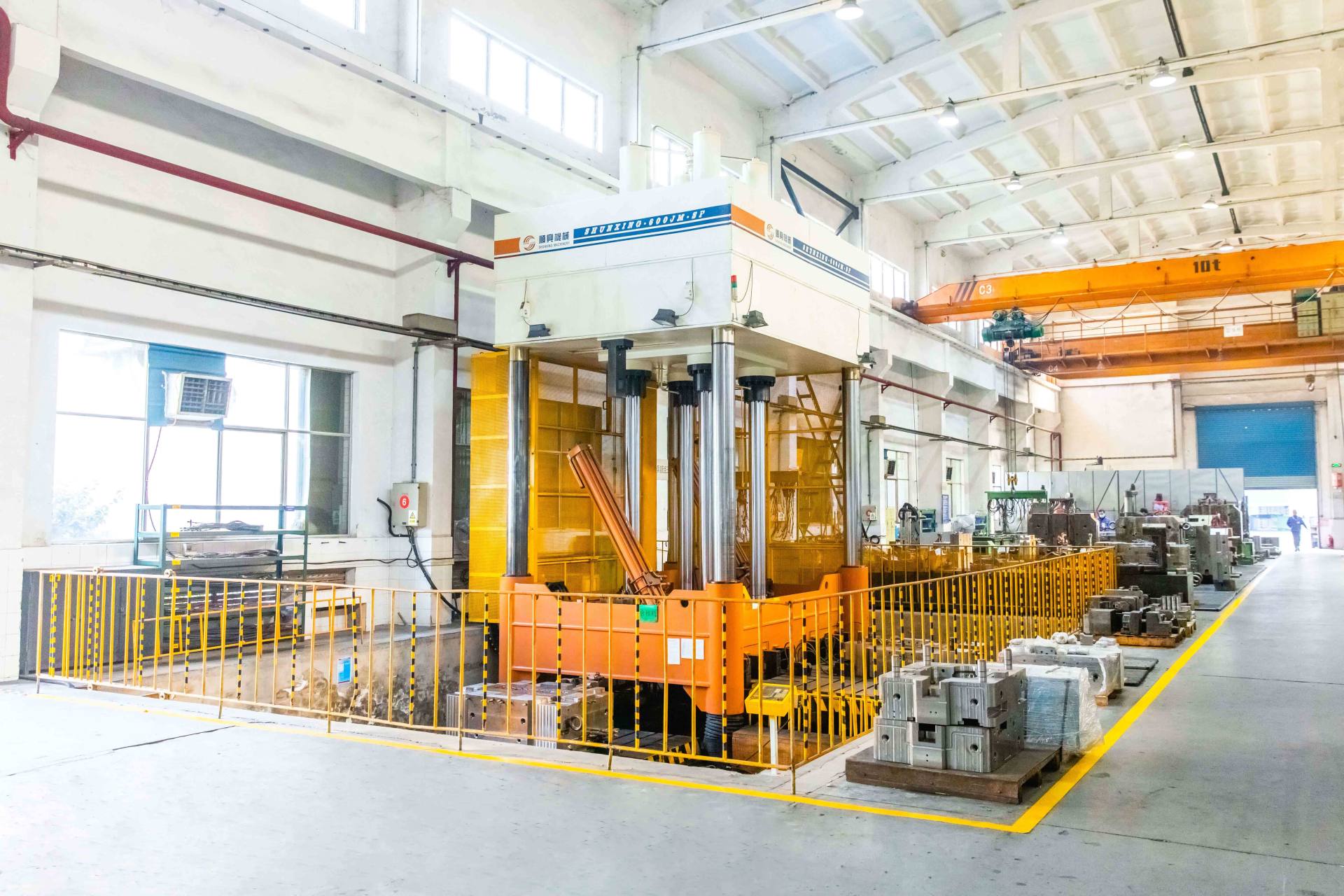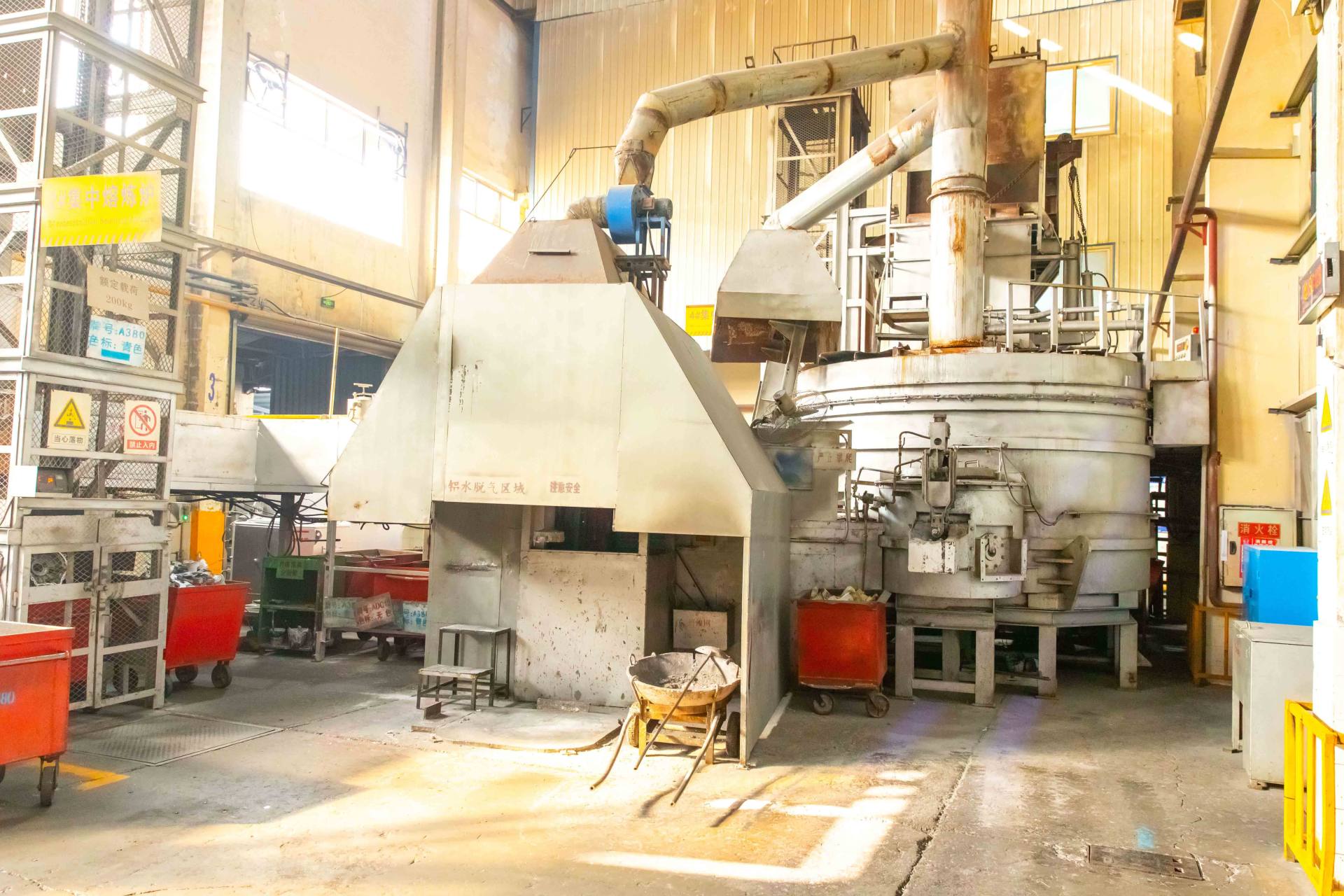Choosing the right casting method is crucial when manufacturing metal parts, as it directly affects quality, cost, and lead time. Two of the most commonly used techniques—sand casting and investment casting—each offer distinct advantages. But how do you determine which one is best for your project?
The casting method you choose can impact everything from production costs to the final quality of your part. Each technique has its strengths, depending on your part’s specific requirements.
Let’s break it down by comparing the key differences, use cases, and factors to consider when making your decision.
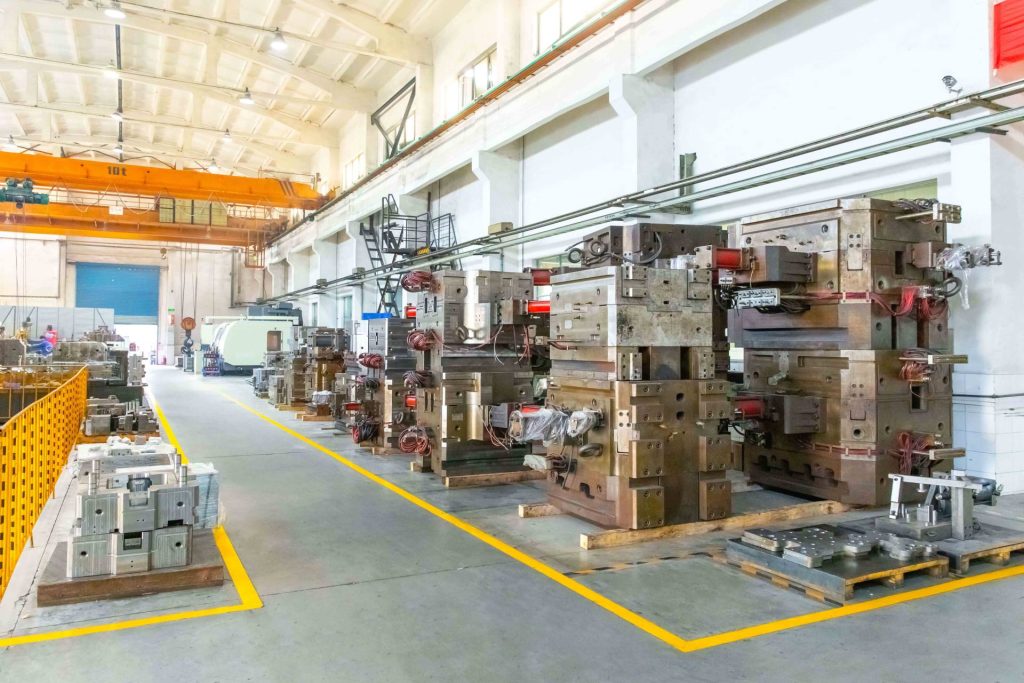
What Is Sand Casting?
Sand casting is one of the oldest casting methods, where a mold is made from compacted sand, and molten metal is poured into the cavity to form the part.
| Best For | Advantages | Limitations |
| Large, bulky parts Low to medium-volume production Prototypes and short-run tooling | Low tooling cost Versatile in size and shape Compatible with a wide range of metals | Rougher surface finish Lower dimensional accuracy Longer cycle times for larger parts |
What Is Investment Casting?
Also known as lost wax casting, investment casting uses a wax pattern coated in a ceramic shell to form a mold. After the wax is melted away, molten metal is poured into the shell to create the part.
| Best For | Advantages | Limitations |
| Small, complex, high-precision parts Tight tolerance requirements Medium to high-value applications | Excellent surface finish Superior dimensional accuracy Ideal for intricate or thin-walled designs | Higher tooling and per-part costs Longer lead times Less cost-effective for very large parts |
Side-by-Side Comparison of Sand Casting and Investment Casting
| Feature | Sand Casting | Investment Casting |
| Tolerance | ±1.0–2.5 mm | ±0.05–0.1 mm |
| Surface Finish | Rough (Ra 12.5–25 μm) | Smooth (Ra 1.6–6.3 μm) |
| Part Complexity | Moderate | High |
| Tooling Cost | Low | Medium to High |
| Part Size | Small to very large | Small to medium |
| Production Volume | Low to medium | Medium to high |
| Material Flexibility | Very broad | Limited for some ferrous alloys |
How to Choose Between Sand Casting and Investment Casting?
Consider these key questions
| Key Question | Recommended Casting Method | Reason |
| Is my part highly detailed or precision-critical? | Investment Casting | Offers superior accuracy and fine details. |
| Do I need a prototype or short-run batch? | Sand Casting | Faster setup and cheaper tooling for small batches. |
| Is cost a major concern? | Sand Casting | Lower upfront and per-part costs for simpler designs. |
| What is the size and weight of the part? | Sand Casting | Better suited for large and heavy parts. |
| Am I working with a complex geometry or thin walls? | Investment Casting | Excels at handling intricate internal cavities and thin-walled designs. |
Real-World Applications
| Choose Sand Casting If: | Choose Investment Casting If: |
| You need large, simple parts. | You need small, complex parts with fine details. |
| Your budget is tight and production volume is low to medium. | Precision and a smooth surface finish are crucial. |
| Surface finish and precision aren’t your top priority. | Production volume justifies the higher initial tooling costs. |
Final Thoughts
Both casting methods have their strengths, and the right choice depends on your specific project needs—whether it’s about precision, volume, part size, or cost.
If you’re unsure about which method to use, it’s always a good idea to consult with casting experts who can analyze your design and recommend the most cost-effective and efficient solution.
Need help deciding?
We offer both sand and investment casting services tailored to your part design, material needs, and production goals. Our engineers can guide you through the process and help you make the best choice for your project.
Contact us today for a free consultation or quote!
Our Metal Casting Equipment
Application Industries









